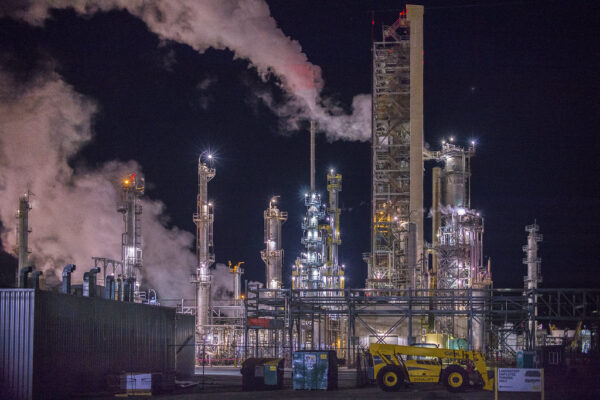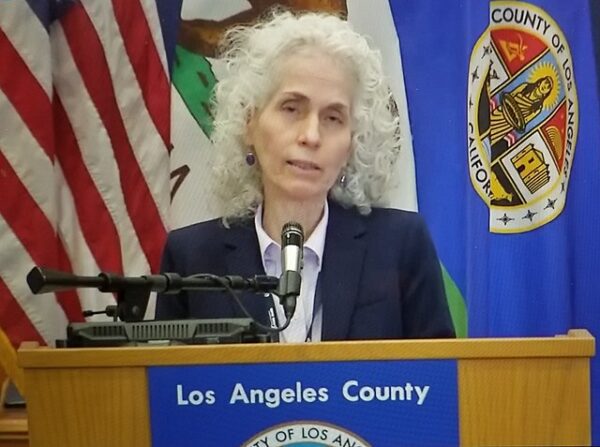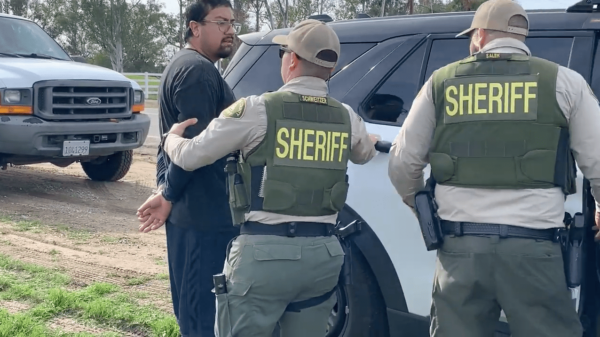Conservation and public health groups sued the Environmental Protection Agency Thursday for allegedly failing to ensure that an effective plan is in place to reduce soot pollution in Los Angeles.
The Center for Biological Diversity and the Center for Environmental Health argue that if the pollution is still above the legal limit, the areas will need to introduce more stringent requirements to control soot.
The EPA has previously determined that the areas covered in the lawsuit have soot pollution above the limit, at levels that cause significant health impacts, according to the complaint filed in federal court in Oakland.
“The EPA’s choice to put off addressing the dangerous soot pollution that is poisoning millions of people is immoral and illegal,” said Ryan Maher, an environmental health attorney at the Center for Biological Diversity. “The EPA is not fulfilling its core Clean Air Act duties, and people and ecosystems are paying the price, leaving us no choice but to sue.”
A request for comment sent to an EPA representative was not immediately answered.
Soot pollution, also called fine particulate matter, has life-threatening consequences. It penetrates deep into the lungs and into the bloodstream, causing premature deaths, cardiovascular illnesses and respiratory diseases, including asthma. Soot pollution is also linked to lung cancer. Even short-term exposures can aggravate lung disease and trigger asthma attacks.
“Millions of people in these areas are living with unsafe levels of soot pollution,” said Kaya Allan Sugerman, director of the Center for Environmental Health’s Illegal Toxic Threats program. “These communities deserve clean air and immediate federal action.”
Fine particulate matter pollution comes from a variety of sources, including burning fossil fuels and fracking.
It also harms the environment. Soot particles can travel long distances and settle on the ground and in water, damaging forests and wildlands, contributing to acid rain and depleting nutrients in soil. Soot can also prevent solar panels from functioning properly, according to the Center for Biological Diversity.
The lawsuit is part of the two groups’ ongoing work to compel the EPA to protect human health and the environment from soot pollution in accordance with the requirements of the Clean Air Act.







